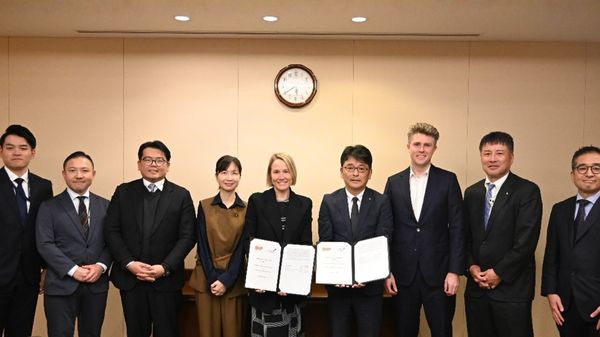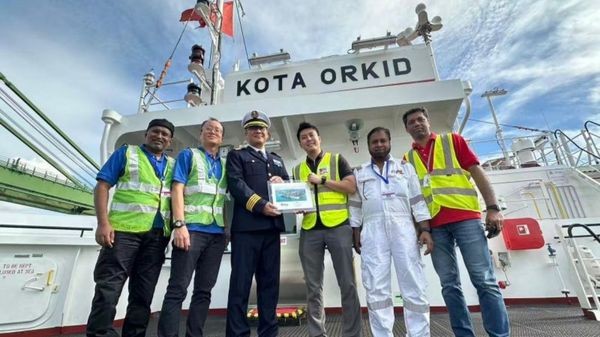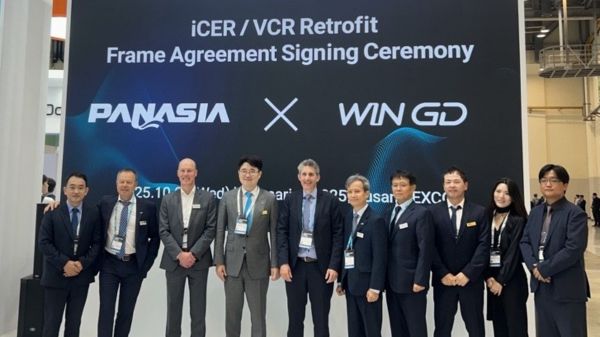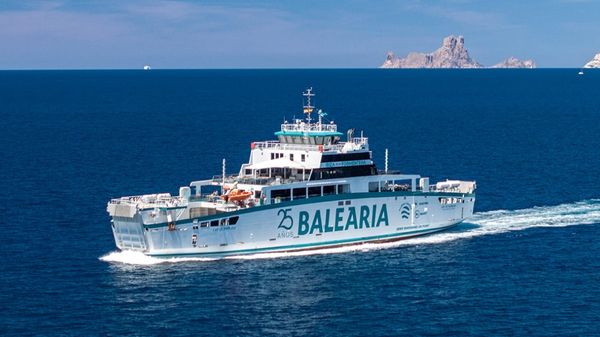

|
NYK Line and BHP renew partnership for dry bulk decarbonisation
Japanese shipping firm and Australian resources company extend collaboration on alternative fuels and vessel safety. |
|
|
|
||

|
PIL's LNG-fuelled Kota Orkid makes maiden call at Singapore
Pacific International Lines deploys 8,200 TEU vessel on South West Africa route. |
|
|
|
||

|
WinGD and Panasia partner on emissions upgrades for dual-fuel LNG engines
Swiss engine designer signs frame agreement with Korean firm to retrofit X-DF engines. |
|
|
|
||

|
Baleària to trial methanol-to-hydrogen system on electric ferry
Spanish operator to test e-methanol reforming technology on Ibiza-Formentera route. |
|
|
|
||

|
HMM names second methanol-powered containership in 9,000 TEU series
South Korean carrier adds HMM Clover to fleet of alternative fuel vessels. |
|
|
|
||

|
Covering the distance to shipping’s nuclear opportunities | ABB
The number of stakeholders engaging with nuclear ship propulsion in 2025 indicates that the maritime industry is eager to expand its options on net zero emissions. |
|
|
|
||

|
Dan-Bunkering appoints Christian Vandvig Finnerup as US managing director
Finnerup transitions from Singapore role to lead American operations. |
|
|
|
||

|
SIPG orders Wärtsilä systems for new LNG bunker vessel
Shanghai International Port Group orders integrated cargo handling and fuel systems from Wärtsilä. |
|
|
|
||

|
Integr8 Fuels signs MOU with Pentarch for bunker services at Port of Edrom
Integr8 Fuels and Pentarch Offshore Solutions have signed an agreement to develop bunker fuel services. |
|
|
|
||

|
MISC orders two LNG dual-fuel Suezmax tankers as part of fleet renewal
Malaysian shipowner expands dual-fuel fleet with newbuilds backed by long-term charters. |
|
|
|
||
| Scrubbers to be installed on two cruise vessels [News & Insights] |
| Cruise ships to include waste fuel recovery system [News & Insights] |
| Making the next generation of cruise ships cleaner and greener [News & Insights] |
| The exhaust gas cleaning evolution [News & Insights] |